Building your dream home in Oregon is an exciting journey, shaped by the state’s diverse landscapes – from Portland’s urban scenes to the serene Willamette Valley.
This Redfin article is curated with insights from seasoned Oregon builders, and navigates you through essential steps. From local building codes to sustainable practices, these practical tips empower effective project management, bringing your vision of an Oregon home to life.
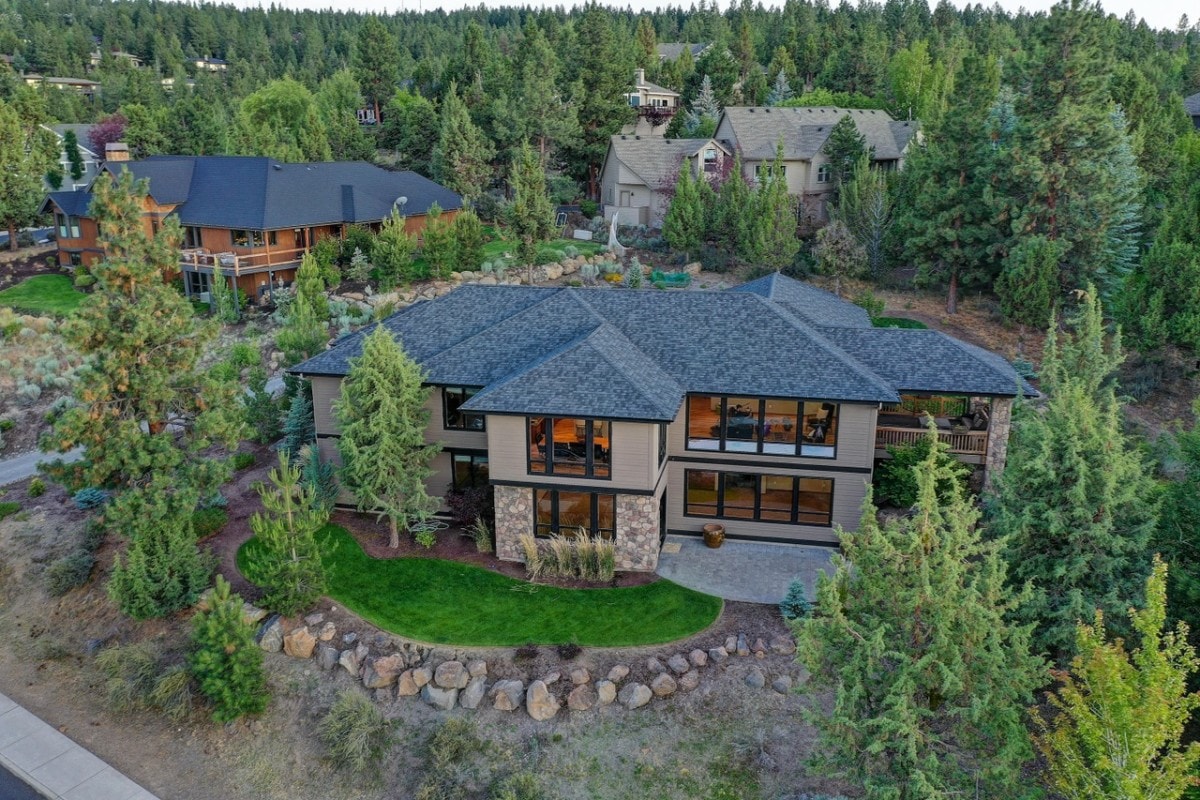
7 essential pre-build tips for your Oregon home
1. Set a realistic budget for your Oregon build
Building your dream home in Oregon requires careful budgeting due to the state’s cost variations. Researching current prices for land purchase, design, permits, construction, and interior finishes is crucial. For land, costs range from $10,000 to $150,000+ per acre based on location. Design and permitting fees can be $5,000 to $20,000 and $1,000 to $5,000, respectively. Construction costs vary from $150 to $350+ per square foot. Interior finishes, including basic ($20,000 – $50,000), mid-range ($50,000 – $100,000), and high-end ($100,000+), add to the budget.
These estimates are general, so consulting local professionals is essential. Be mindful of unforeseen expenses and market fluctuations, ensuring a well-prepared budget for your Oregon home construction.
2. Make sure you account for Oregon’s climate
Building in Oregon requires meticulous consideration of its diverse climate, ranging from coastal to mountainous regions. Collaborate closely with your builder to create a weather-conscious construction schedule, accounting for variations in rainfall and snowfall. Coastal areas like Astoria experience higher precipitation, while desert regions like Bend are drier. Plan construction activities during the drier seasons, typically summer and early fall, to avoid weather-related delays.
Be proactive in protecting materials from rain and snow, and maintain flexibility in your schedule due to Oregon’s unpredictable climate. Regular communication with your builder is crucial for a successful and adaptable construction process.
3. Be informed about Oregon’s building codes and regulations
Understanding Oregon’s diverse regions involves navigating specific building codes tailored to each area. In coastal regions like Newport, emphasis on structural resilience against storms may require reinforced roofing and foundations. Wildfire-prone areas, such as parts of Southern Oregon like Medford, demand adherence to fire-resistant building standards, influencing material choices and landscaping practices. Cities like Portland, located near fault lines, necessitate compliance with seismic design codes for earthquake resilience.
Stay informed about local regulations. Tailoring your understanding of building codes ensures compliance with local regulations and addresses the unique environmental challenges of your chosen Oregon location. Regular consultations with local authorities and experienced builders provide valuable insights into region-specific codes for a successful construction process.
4. Conduct thorough contractor research and get local expertise
Building in Oregon’s competitive construction industry requires meticulous contractor research. Verify track records, experience, and reputation to ensure the selected contractors are licensed and bonded, providing a safety net for homeowners. For example, when building in regions like Eugene or Bend, leverage local expertise. Local builders possess insights into environmental challenges, permitting nuances, and regional hazards, contributing to a smoother construction process.
This regional knowledge ensures contractors are well-prepared to navigate the specific demands of each area, from eco-friendly considerations in Eugene to high desert challenges in Bend. Regular consultations with local builders and authorities enhance your understanding and facilitate informed decisions throughout the construction journey.
5. Look into builder associations and certifications in Oregon
While general contractor licensing isn’t mandatory, affiliations with associations like the Oregon Home Builders Association can signify commitment to quality. Certifications, such as Earth Advantage, highlight a builder’s dedication to sustainable practices.
6. Choose the right location
Oregon’s diverse landscapes demand thoughtful location selection. Whether it’s the urban vibrancy of Portland or the tranquility of Bend, factor in climate, terrain, and local regulations to align your choice with your lifestyle.
“Constructing a home in Central Oregon comes with unique challenges, notably the region’s unpredictable daily weather,” insists website design company Mooney Marketing. “The weather can swiftly transition from sunny skies to snowfall within minutes. To navigate this, we strategically oriented our house to face South, maximizing sunlight in winter, and adjusted our roof pitch to direct snow away from the driveway. This thoughtful planning is essential, especially considering that snow can persist in our yard until May. If you appreciate cold weather and snow, Central Oregon is an ideal location for your home.”
7. Employ sustainable building practices
Embrace Oregon’s commitment to sustainability with eco-friendly options. Explore features like solar panels, rainwater harvesting, and native landscaping to create an environmentally conscious and efficient home.
“Sustainability in Central Oregon goes beyond trend – it’s a commitment to environmental consciousness and energy efficiency,” asserts Oregon tiny house builders Spindrift Homes. “We embrace eco-friendly construction by using materials with minimal ecological impact, including locally sourced and reclaimed options. We integrate energy-efficient technologies, such as solar panels and advanced insulation, to reduce long-term energy consumption. This reflects Central Oregon’s dedication to a resilient and eco-conscious built environment, harmonizing modern development with environmental preservation in this picturesque region of the United States.”
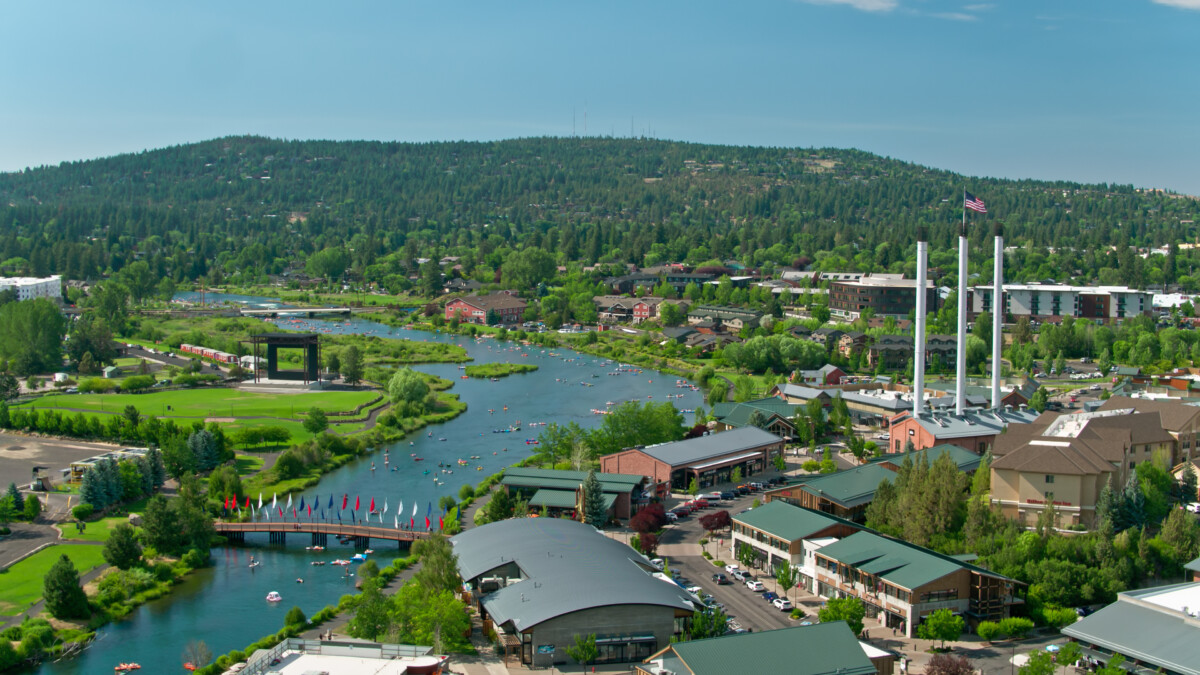
Your future home is just a tap away
Explore homes with the Redfin app anytime, anywhere.
9 construction and design tips to consider
Your future home is just a tap away
1. Embrace sustainability and resilience
“Oregonians prioritize sustainable construction, drawing inspiration from lush landscapes and a commitment to environmental stewardship,” shares construction company Kimball Construction. “The diverse climate necessitates careful material consideration for resilience against rain and heat. Homes often embody the Pacific Northwest aesthetic, featuring local wood and expansive windows for abundant natural light. Navigating stringent building codes, particularly in earthquake-prone areas, underscores the emphasis on safety and durability. Building in Oregon is a harmonious blend of innovation, nature, and community values.”
2. Blend indoor comfort with outdoor beauty
When integrating indoor and outdoor spaces in Oregon, a key tip is to focus on creating a seamless transition between the two. This can be achieved through the use of large glass doors or retractable walls that open up to an outdoor living area. Incorporating similar flooring materials both inside and outside can also enhance this sense of continuity. Additionally, consider the use of covered patios or decks that provide protection from Oregon’s rainy weather, while still allowing for an outdoor experience.
“Our focus on timeless design, natural light, and smart technology ensures seamless integration of indoor and outdoor spaces,” states Woodland Construction Group.
3. Invest in energy-efficient features
To address Oregon’s diverse weather, prioritize energy-efficient features tailored to specific regions. In rainy cities like Portland, focus on well-insulated walls to combat moisture. Optimize natural light and insulation with energy-efficient windows. In colder areas like Bend, invest in a high-efficiency HVAC system for effective heating. Enhance sustainability by incorporating solar panels, particularly in eco-conscious regions like Eugene.
Consulting with local energy experts ensures a region-specific approach, contributing to both your home’s resilience and Oregon’s environmental goals.
4. Use durable construction materials for Oregon’s varied climate
Given Oregon’s weather conditions, characterized by frequent rain and occasional storms, prioritize durable building materials that can withstand these elements. In coastal areas like Cannon Beach, where exposure to salt air is a factor, consider materials like cedar siding known for its resilience against moisture and pests. Additionally, in Bend, where snowfall is common, metal roofs provide durability and effective snow shedding.
These materials not only ensure longevity but also demand minimal maintenance, making them ideal choices for Oregon’s varied climates.
5. Prepare for rainy seasons
During Oregon’s rainy seasons, proactive measures are essential to mitigate water-related risks and fortify your home against potential issues. Implement strategic landscaping solutions, such as graded slopes away from the foundation, to facilitate proper water drainage. Consider integrating rain gardens, especially in regions like Salem, to absorb excess water and prevent soil erosion. Well-placed drains, particularly in cities like Astoria with higher rainfall, further contribute to effective water management around your property.
By incorporating these measures, you enhance your home’s resilience, ensuring it remains safeguarded during Oregon’s periods of increased rainfall.
6. Employ fire resilient building strategies
Bend’s new west-side neighborhood Discovery West shares “we employ cutting-edge building practices to fortify the resilience of homes located near the wildland-urban interface, particularly in response to the escalating threat of wildfires driven by climate change. Striking a balance between aesthetics and safety, our community employs key fire mitigation techniques, including meticulous material choices in landscaping and construction, incorporation of fire-resistant plants, strategic tree spacing, and the implementation of small vent screen openings to reduce the risk of embers infiltrating homes.”
7. Add native plants to your landscaping
Elevate your property’s aesthetics while contributing to conservation efforts by integrating native Oregon plants into your landscaping. In regions like Medford, consider drought-tolerant choices such as manzanita and yarrow. These plants not only enhance visual appeal but also adapt well to Oregon’s varying climates, ensuring a sustainable and low-maintenance landscape. Consulting with local horticulturists provides insights into additional native species that thrive in your specific Oregon location.
8. Design a home that is in tune with Oregon’s environment
“Harmonize your home with its natural surroundings by incorporating native landscaping, embracing natural color palettes, and aligning with the neighborhood’s aesthetic,” shares custom home builders Rogue Brothers Construction. “The key lies in choosing an architect and builder with the expertise to bring your dream to life. Collaborating as a team with your architect and builder ensures your home not only withstands the elements but also enhances the beauty of its environment.”
9. Ensure your home is properly insured
Safeguard your Oregon home by considering insurance beyond the standard coverage. Additional protection against natural disasters like landslides or heavy rains is crucial in this region.
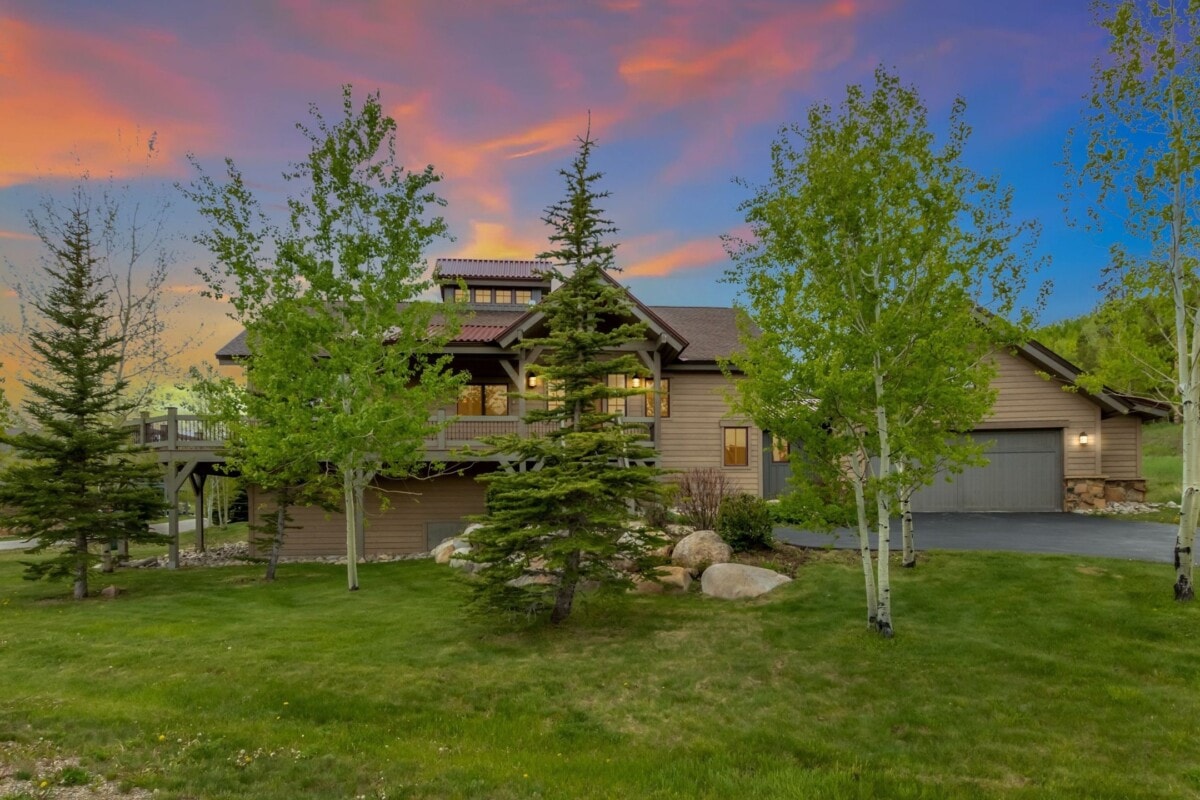
Ready to build your Oregon dream home?
Building a home in Oregon is a rewarding journey, requiring strategic planning and collaboration with local experts. These insights from Oregon builders equip you to navigate the unique challenges of the state, ensuring a successful home construction journey in the heart of the Pacific Northwest.








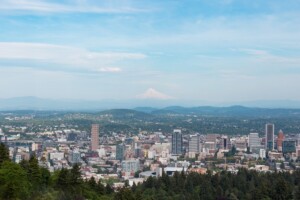




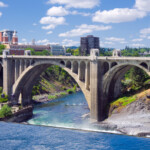










 United States
United States Canada
Canada